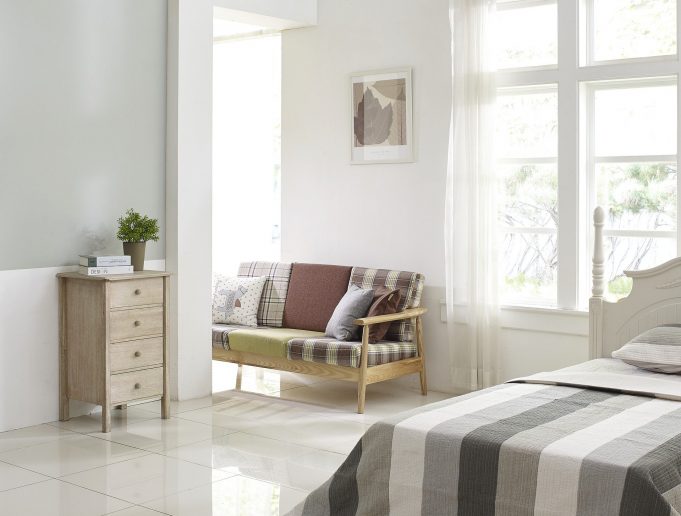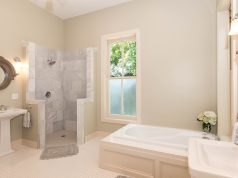When we buy new windows or change old windows in a house, we must consider some important aspects.
In addition to the type of window, material or profile, place of installation, insulation, security or design, it is important to choose the type of window opening that best suits our home’s characteristics.
Window Openings Types to be designed must be chosen with some time of study and reasoning about the size, opening space, occupation, or installation place, among others.
Window Openings Types
Fixed
This is the most basic type of opening as it does not have handles or hinges and simply lets light into the home.
Practicable or casement
This type of horizontal window opening allows maximum accessibility by opening both sashes at the same time. It is the most common opening and allows maximum ventilation of the house.
They are the most commonly installed type of opening, as they can be easily installed by fitting one or two sashes that close and open easily.
Hinged
This is one of the most airtight types of window opening available on the market.
Hinged openings can be directed horizontally inwards or horizontally outwards.
They are the most commonly installed openings in toilets or bathrooms to avoid humidity and to ventilate the space.
Tilt-and-turn
The tilt-and-turn window opening is a combination of a tilt-and-turn opening and a casement opening. With a crank handle, we can change the opening mode without any complications.
The tilt-and-turn opening is highly recommended when we want to ventilate the house without completely opening the window.
Sliding
This type of window opening offers the possibility of opening the window to one side or the other, left or right, using a sliding mechanism.
This type of window superimposes two sashes on a rail of the window frame, making it easy to move horizontally from one sash to another.
Tilt-and-slide
Combine two types of window opening, which are sliding and tilt and turn. This system has the great advantage of being perfectly airtight and stands out for its great thermal and acoustic insulation capacity.
However, this type of window opening combines the advantages of light and space offered by sliding windows with the security and watertightness of casement windows.
Pivoting
They revolve around a central axis and are often used on roofs and dormers. They offer multiple benefits in terms of airtightness and soundproofing thanks to their pressure locking.
Pivoting window openings allow the amount of ventilation to be regulated, helping to achieve the home’s desired thermal level.
Another advantage is that they are very easy to clean from the inside and do not require the sash to be removed from the frame to clean the outside.
Folding
They consist of sliding window frames or sashes that open and close in the form of an accordion or bellows.
They can slide to the right and/or left, sliding on rails.
Folding windows, so to speak, opens in the form of a book, which means that the space is completely free when they are opened.
Combination
They offer several opening systems in a single unit: tilt-and-turn, sliding, casement, or even fixed.
It is achieved by integrating different sashes with different opening options in the same window.
They have a high decorative value and allow ventilation of the house from different perspectives.
The advantages of combining different types of window openings include ease of cleaning, ease of accessibility and ventilation comfort.
Sash
This is a type of sliding opening, but instead of being horizontal, it is vertical.
As with the advantage of the sliding window opening, the gap we can open is partial, and full ventilation is not achieved.
Velux
They stand out for their assembly and installation on roofs where they allow a maximum incidence of light and ventilation thanks to the hot air extraction that rises in the house.














